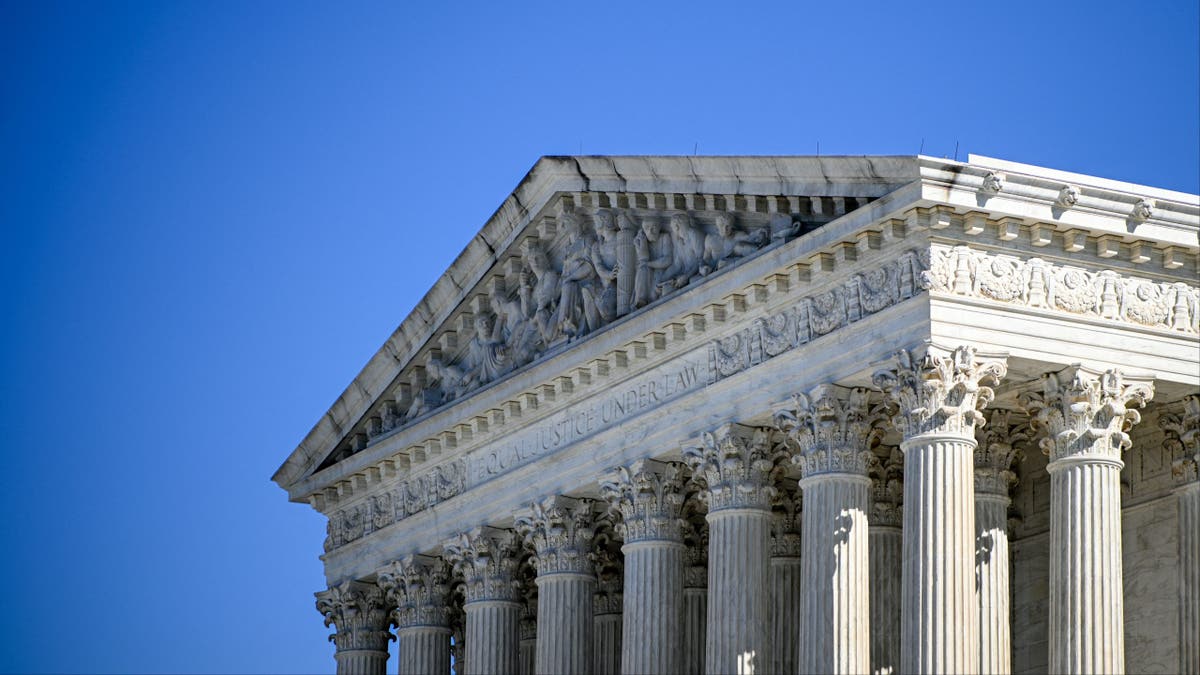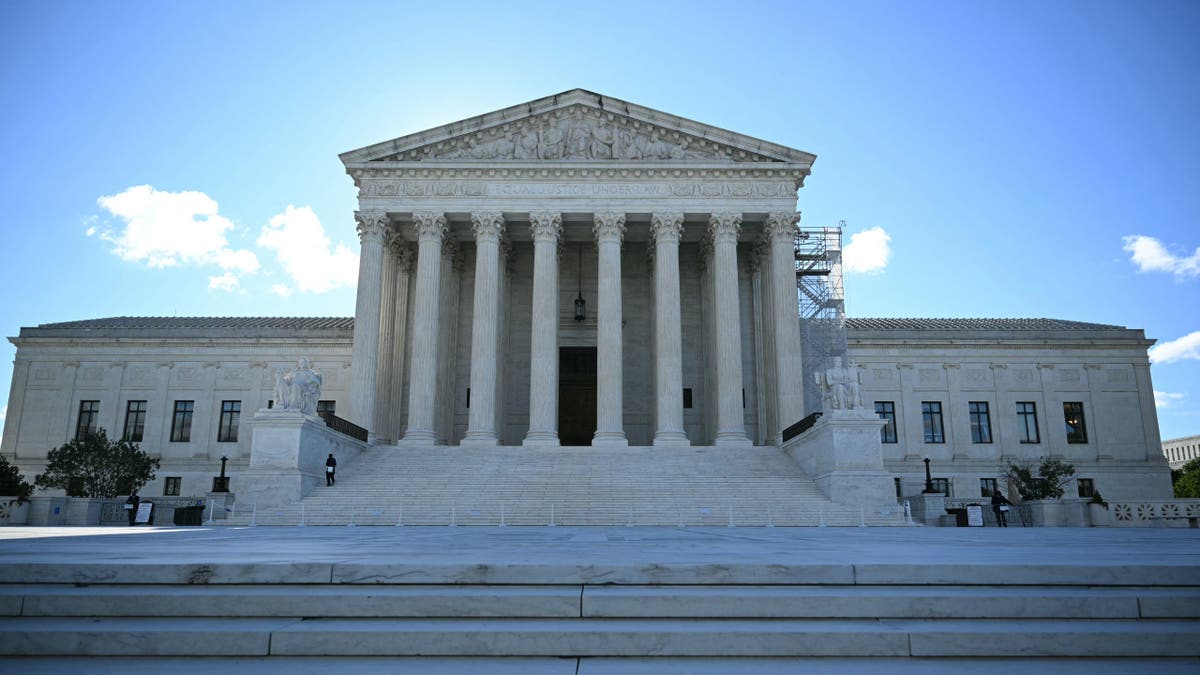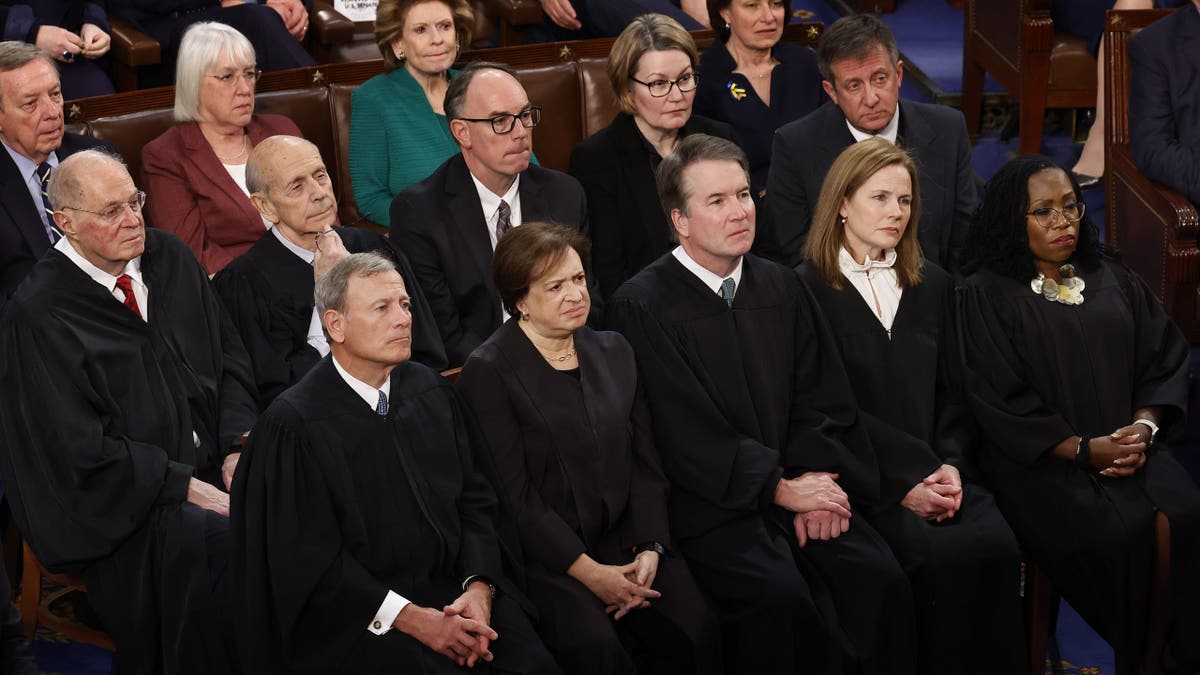The year 2024 witnessed several impactful decisions from the U.S. Supreme Court, covering areas from education and online platforms to presidential immunity and the administrative state. Let's delve into some of the most significant rulings.
Title IX and Transgender Students: Department of Education v. Louisiana
In August 2024, the Supreme Court upheld preliminary injunctions against the Biden administration's expansion of Title IX to encompass sexual orientation and gender identity. The court found the administration's arguments for implementing parts of the rule unconvincing, preserving the status quo while litigation proceeds. This decision has substantial implications for LGBTQ+ student protections and the ongoing debate surrounding gender identity in educational settings.

The image above shows the U.S. Supreme Court building in Washington, D.C.
This case arose from a lawsuit by several states challenging the Department of Education's new rule. The states argued the rule infringed upon student and employee privacy rights, particularly concerning women- and girls-only spaces and the potential inclusion of biological males in women's sports.
Social Media Regulation and Free Speech: Moody v. NetChoice, LLC
On July 1, 2024, the Supreme Court bolstered the free speech rights of social media platforms, putting a halt to Texas and Florida's attempts to control content regulation. The court likened these platforms to newspapers, emphasizing their First Amendment protections against government interference. The case was remanded to lower courts for further review, leaving the future of social media regulation uncertain but highlighting the importance of platform autonomy in online expression.
Presidential Immunity: Trump v. United States
A landmark decision on July 1, 2024, saw the Supreme Court affirm significant protections for former presidents from prosecution. This ruling was a victory for then-presumptive Republican nominee Donald Trump, shielding him from trial in an election interference case before the 2024 election. The court underscored the principle that a president is not above the law, while also recognizing the need for an independent executive branch. The implications of this decision are far-reaching, affecting the balance of power between branches of government and future prosecutions of former presidents.

The image above shows the exterior of the U.S. Supreme Court building.
Redefining Administrative Power: Relentless, Inc. v. Department of Commerce
In a move with significant implications for the balance of power, the Supreme Court overturned the 40-year-old Chevron deference doctrine on June 28, 2024. This doctrine had allowed federal agencies considerable leeway in interpreting ambiguous laws. The reversal empowers federal judges to exercise their own judgment, potentially limiting the regulatory reach of executive branch agencies in areas like environmental protection and workplace safety. This decision marks a substantial shift in the relationship between the judicial and executive branches.

The image above shows some of the Supreme Court justices.
Jan. 6 and Obstruction of Justice: Fischer v. US
The Supreme Court sided with a January 6th Capitol riot participant on June 28, 2024, advocating for a narrower interpretation of a federal obstruction statute. This decision potentially limits the Justice Department's ability to prosecute individuals involved in the riot and raises questions about the scope of the law in similar future scenarios.
These key Supreme Court decisions of 2024 significantly shaped the legal landscape, impacting various aspects of American life. The rulings have prompted ongoing debate and will undoubtedly continue to influence future legal interpretations and policy decisions.
Comments(0)
Top Comments